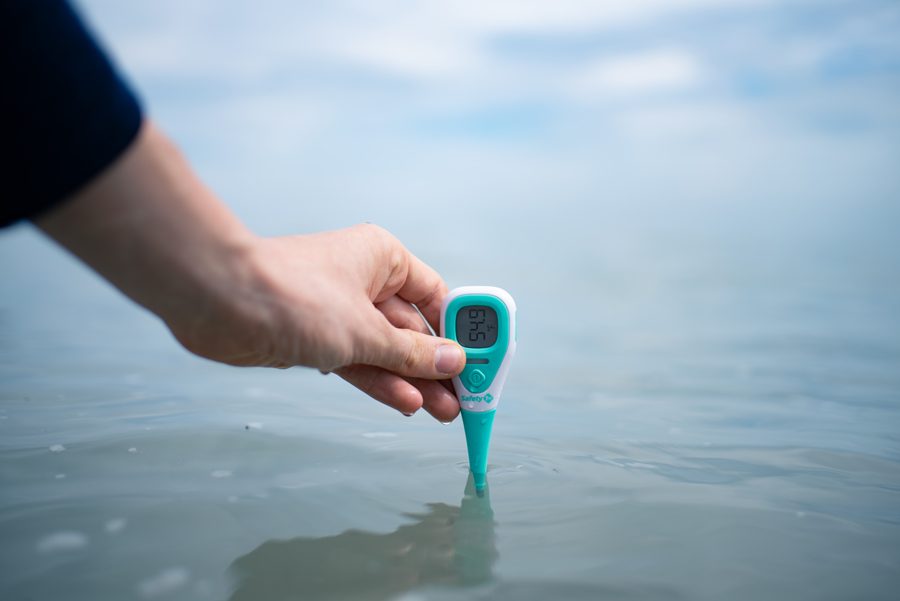Great Lakes states see rise in average temperature, report says, posing risk to vulnerable populations
Evan Robinson-Johnson/Daily Senior Staffer
Lake Michigan. Average temperature has risen 1.4 degrees Farenheit in the Great Lakes region, higher than the 1.2 degree change across the contiguous United States.
April 24, 2019
States in the Great Lakes region have experienced an increase of 1.4 degrees Fahrenheit during the period from 1985-2016, relative to 1901-1960, according to a recent report from the Environmental Law and Policy Center.
The report, which was first published in March 2019, draws this information from a 2018 assessment by the U.S. Global Change Research Program, a congressionally-mandated coordination of research efforts across U.S. agencies. The USGCRP warns that by 2090, there could be 2,000 more premature deaths a year due to heat in the Midwest.
In urban centers like Chicago, there could be a significant increase in days over 100 degrees Fahrenheit, according to the USGCRP. For Laurence Kalkstein, a research professor at the University of Miami and former visiting scientist for the EPA, the more concerning weather change is the variability of extreme heat events, not the intensity of the heat.
“Most of the days, you’re in the 70s and 80s and then all of the sudden, you get a day in the upper 90s, to near 100,” Kalkstein said. “That’s what hurts people, and that’s what creates havoc.”
These increased extreme heat events pose serious problems for vulnerable populations, such as the elderly, homeless, infants and those without air conditioning. Extreme heat can cause a wide variety of health issues, according to a USGCRP assessment on human health impacts of climate change, including heat cramps, heatstroke, heat exhaustion and hyperthermia. Heat extremes can also worsen chronic conditions, such as cardiovascular and respiratory disease.
Evanston provides a number of resources for those caught in extreme temperatures, including cooling centers with access to air conditioning. Ikenga Ogbo, the interim director of the Health and Human Services Department, said residents can go online or call 3-1-1 to learn more about what they can do to stay safe during extreme heat.
“When we are sending out this information, we are also recommending steps that they can take by informing them to drink lots of water, to avoid alcohol and caffeine … to stay cool in shaded areas while outdoors, to use your air conditioner and all that,” Ogbo said.
For Evanston, the most dangerous months for extreme heat events are July and August, and sometimes early September, according to Kumar Jensen, the city’s sustainability coordinator.
While the city prepares for increasing heat, Jensen said there’s not much the city can do to mitigate the effects of extreme temperature events.
“There’s not a whole lot we can do to decrease the power of the sun and climatic instances that lead to prolonged instances of extreme heat,” Jensen said. “We’re at the mercy of those weather and climate changes in the way that they impact of extreme heat.”
The Evanston Climate Action and Resilience Plan, passed in December 2018, provides steps to reduce emissions, with the hopes that lower emissions lessen the chance that the more extreme climate scenarios would occur.
Kalkstein believes that in situations like this, people have three choices. They can either do nothing until further proof arises, implement voluntary reforms or initiate policy changes that may or may not work.
He looks at climate change policy as an insurance policy, akin to fire insurance — despite a low risk of fire.
“How much of a risk are we really willing to take?” he said.
Email: emmaedmund2022@u.northwestern.edu
Twitter: @emmaeedmund
Related Stories:
– Invasive species, extreme weather pose threat to Lake Michigan, report finds
– Report warns of climate change-related impacts on Great Lakes



